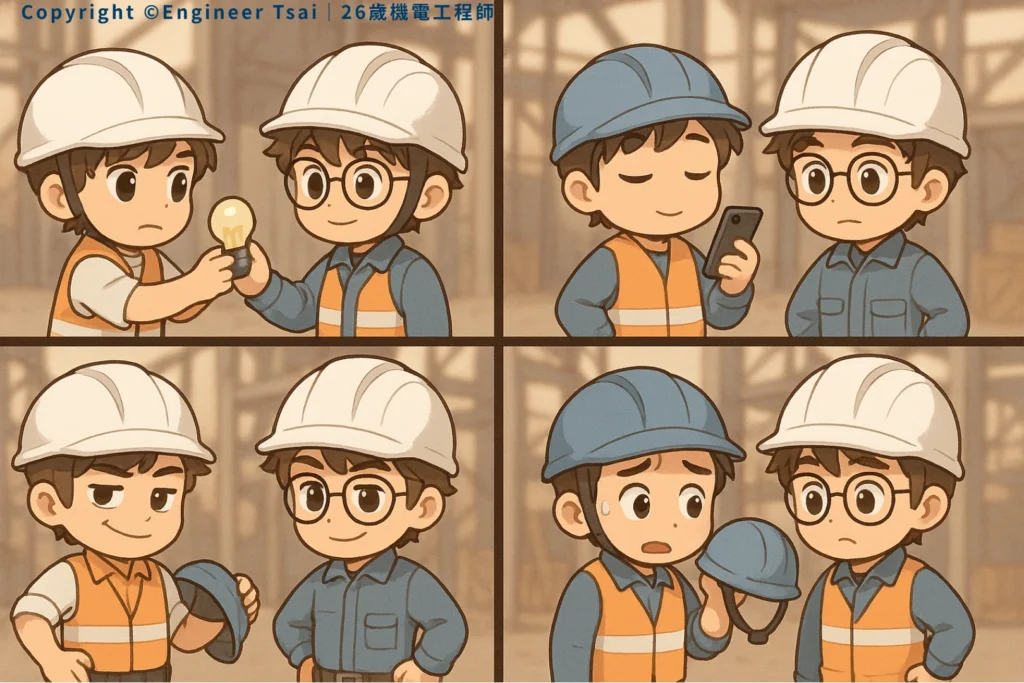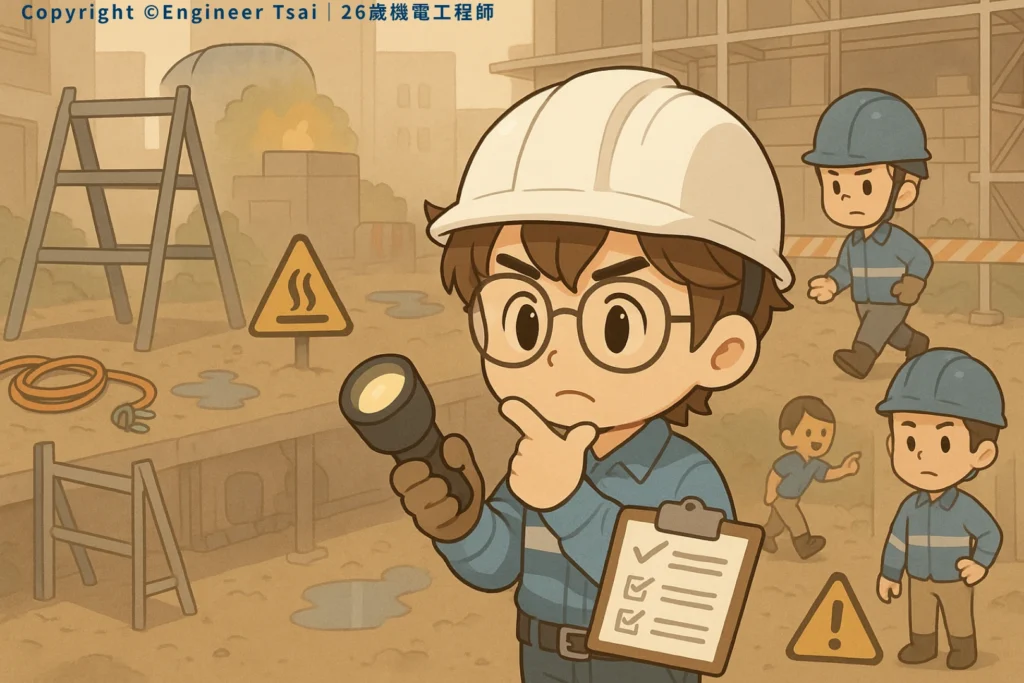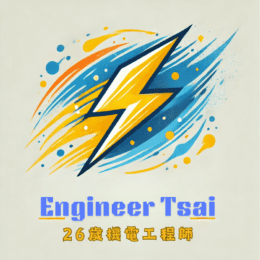If you ask ten people on a job site, “Is safety important?”
All ten will say, “Of course!”
But take a walk around, and the truth hits you—some folks treat safety like a box to check, others just tune it out, and a few think, “It’s just the rules, not a big deal.”
So, whose job is safety anyway? And how did it become something nobody really wants to own?
Safety isn’t some far-off idea. It’s right here, right now.
Let’s be real—most job site accidents don’t happen because someone never heard the rulebook. It’s always, “I’ll be fine today,” or, “It’s just this one time. What are the odds?”
A lot of people think hard hats and safety vests are just for show, but every single rule? Somebody paid the price for it first.
The most dangerous words on any job site?
‘It’s just for a second.’
Sound familiar?
- Hard hats dangling from someone’s hand—until the supervisor walks by
- Guardrails on stairs taken down “just for a minute” and never put back up
- Water on the floor—everyone steps around it, nobody puts up a sign
- Extension cords running wild, so many plugs in one spot it looks like a spaghetti monster
Everyone tells themselves, “I’ll just be careful, it’ll be fine.”
But accidents don’t care if you’re “being careful” or if today’s supposed to be your lucky day.

Where Do You Stand on Job Site Safety?
Think about it—which type of safety mindset are you, really?
1. “Safety First” Crew
These folks always suit up, follow every rule, and remind others to do the same. “No hard hat? You’re not on site.”
You might roll your eyes, but when things go wrong, these are the people who keep their cool and know what to do.
2. “Do It When the Boss Is Watching” Crew
You know the drill—do everything by the book when the supervisor’s around, but once the coast is clear, it’s back to business as usual.
A lot of us know the rules, but after a while, safety becomes just another routine. If nobody says anything, it slips.
3. “Old School, My Way” Crew
“Been in this trade for decades, never had an accident!”
Plenty of old-timers trust their gut over the rulebook. Ironically, they’re often the ones who end up in trouble when luck finally runs out.
4. “New Kid, Don’t Want Trouble” Crew
Brand new on the job, mostly worried about messing up and getting yelled at.
You see something unsafe, but you’re too nervous to speak up. If nobody’s leading by example, it’s easy for bad habits to take hold.
The Most Common Job Site Safety Fails
Ask around and you’ll get the same answers, no matter where you work in America. These are the little things that always get put off for “next time”—until it’s too late:
- Hard hats with the strap undone:
Might as well not wear one. If you trip or something drops, you’re still in trouble. - Tangled, unlabeled temporary power cords:
Tripping hazard, fire risk—take your pick. - Half-missing guardrails:
Someone takes them down to move materials, never puts them back. With crews coming and going, who remembers? - No warning signs in work zones:
Slippery floor or open pits—everyone just steps around, but the next person might not see it. - No safety harness for work up high:
“It’s just a quick job.” Until it isn’t—and a fall changes everything.
These aren’t just rules—they’re the reasons we all get to go home at the end of the day.
So Why Do People Treat Safety Like It’s Optional?
A lot of folks feel like speed is all the boss really cares about—finish fast, or get chewed out.
“Wearing all this gear just slows me down, and it’s hot.”
“Some of these rules are just for show—if I’m careful, I’ll be fine.”
And if the old-timers aren’t doing it, new guys are afraid they’ll look weak if they do.
But when something actually goes wrong? No one else pays the price but you.

Copy This: 3 Job Site Safety Habits Anyone Can Use
Want to avoid disasters and keep your crew safe? Here are three easy wins:
- Pause for 3 Seconds Before You Start
Don’t overthink it. Just take a quick look around—check the floor for trip hazards, glance up for anyone working overhead. Those three seconds can prevent a ton of headaches. - Remind, Don’t Scold
See someone skipping their hard hat or doing something sketchy? Skip the lecture. A simple “Hey, there’s overhead work here—stay sharp!” goes a long way. - If You’re Not Sure, Speak Up
The most dangerous thing on site is staying quiet when you’re confused. One quick question could save you—or a coworker—a trip to the ER.
Something to Remember:
“Safety isn’t just a rule—it’s your ticket home every day. Nobody wants to be the next ‘I should’ve known better’ story.”
Let’s Build a Real Safety Culture
If you like down-to-earth job site tips, stories, and practical advice, hit follow and join the Engineer Tsai community. Together, we can look out for each other and make safety the new normal—because a safe crew is a strong crew. 🔧
📌 Recommended Reads:
🔹 Short Circuit: What It Is and How to Prevent It
Safety’s not just a habit—it’s knowing the basics. Learn the most common causes of shorts and how to avoid them on every job.
🔹 Conductors and Insulators: Practical Guide to Electrical Safety
Choosing the right materials protects against shocks and fires. This is must-know info for every beginner on the crew.
🔹 Hidden Hazards: 10 Job Site Safety Traps You Probably Missed (Coming Soon)
Most accidents aren’t about carelessness—they’re about missing the warning signs. Use this checklist to spot and fix those hidden dangers next time you’re on the clock.
Let’s make safety more than a rule—let’s make it our crew’s signature move.


